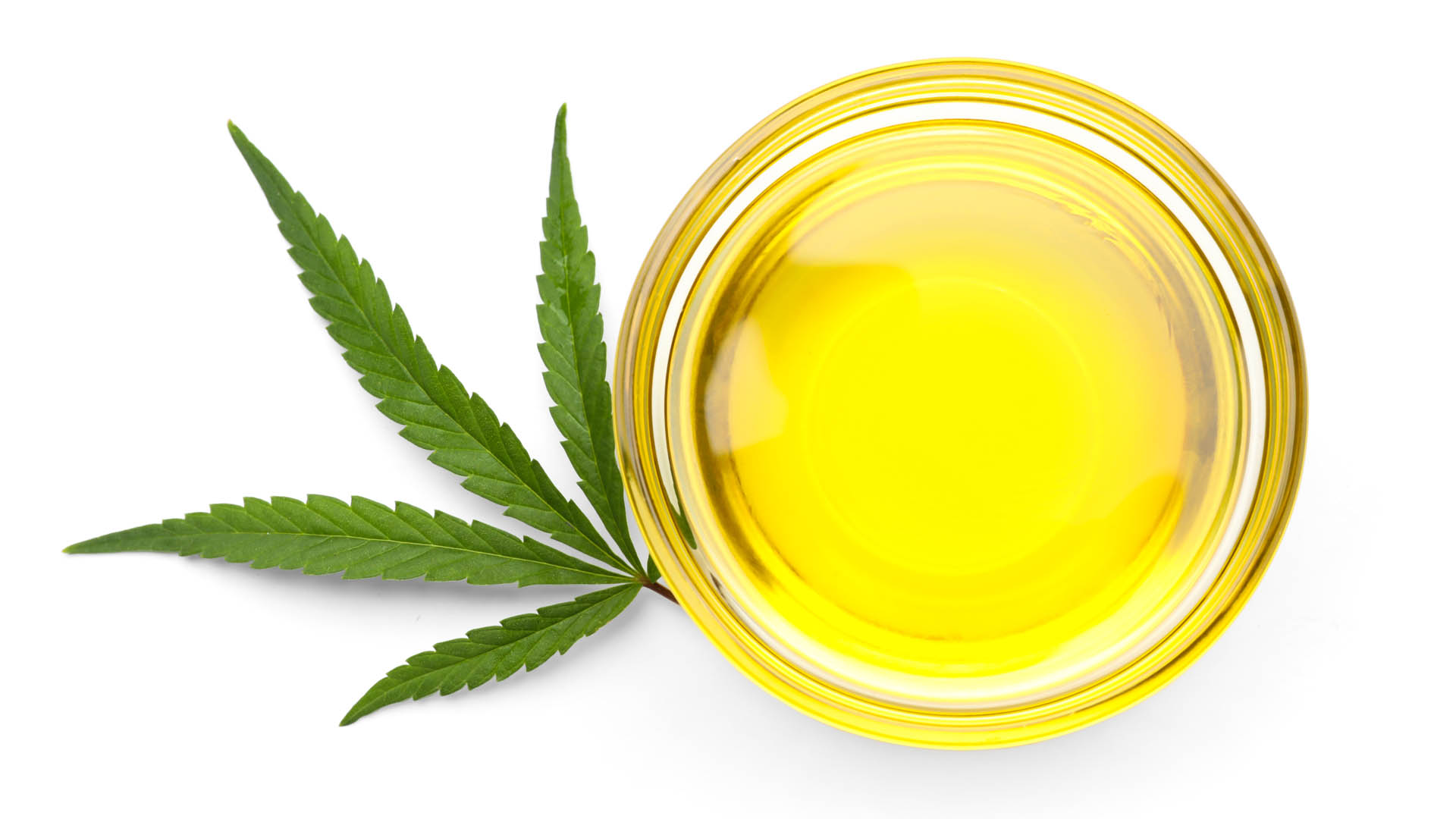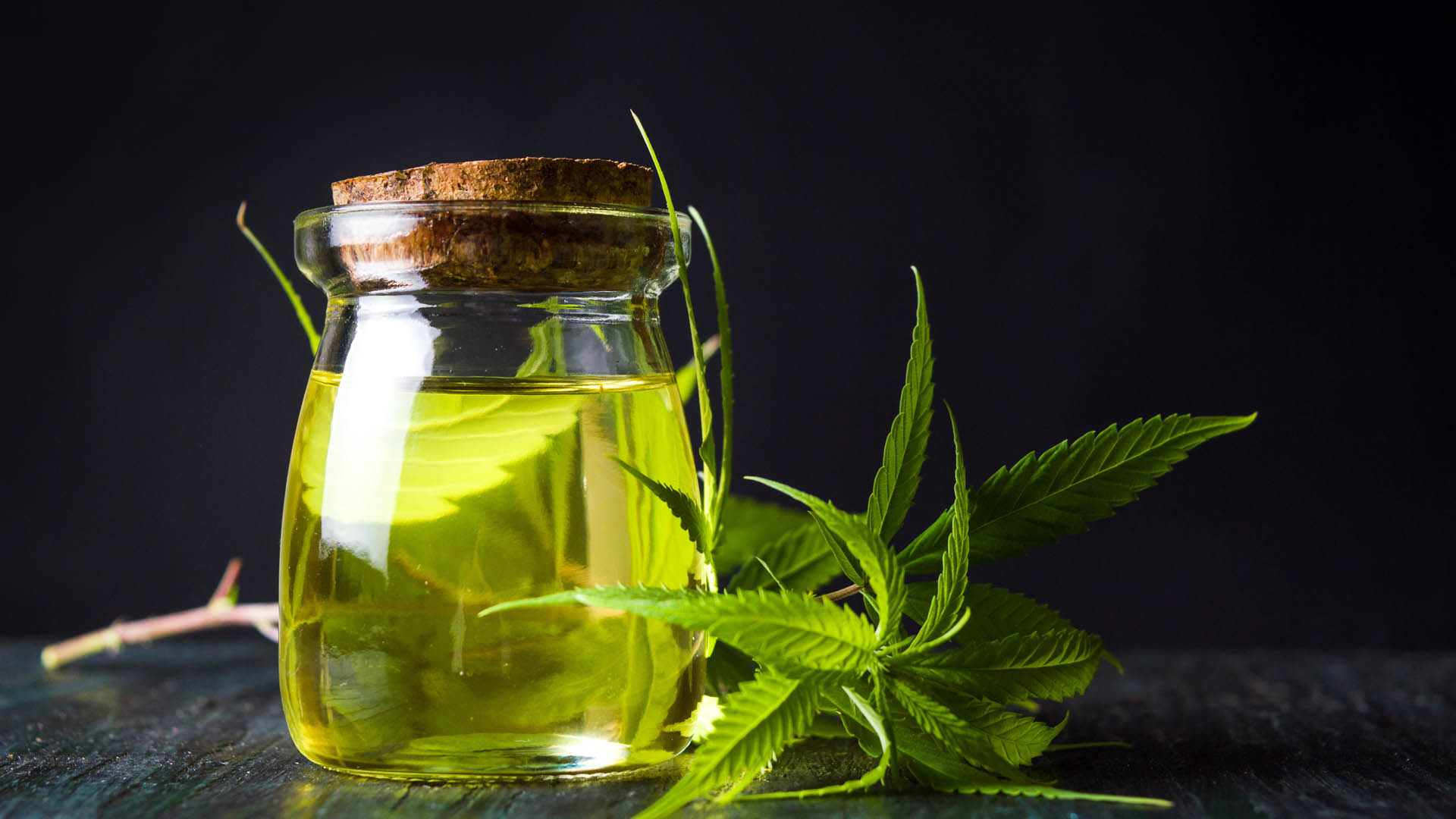
Get ready to trade in your bong for an apron—it’s time to elevate the dishes from your kitchen with cannabis cooking oil! Cannaoil is the secret ingredient that gives a run-of-the-mill recipe a whole new vibe.
Once you learn how to make cannabis oil for cooking, you can whip up a 420-friendly feast for your friends and fellow foodies. The final product will leave the dinner party buzzing!
Let’s explore tips and techniques for making cannabis cooking oil. It might seem intimidating to the uninitiated, but it’s an easy recipe that only requires a little flower and a few hours of your time.
What is Cannabis Cooking Oil?
Cannabis oil is an infusion of cannabinoids like THC and CBD into a carrier oil. By capturing the psychoactive elements of cannabis into a cooking ingredient, you’re able to give your favorite foods an added oomph.
Whereas cannabutter contains animal products, cannaoil is vegan and kosher. It’s versatile enough to complement an array of dishes and dietary restrictions. The inclusive nature of cannabis-infused oil is one of its most significant benefits.
From a simple sauté to fried eggs or bolognese, once you know how to make cannabis oil for cooking, your options are endless. A dash of dankness is all it takes to elevate your culinary expertise.
Choose Your Strain
When deciding how to choose a strain to make cannabis oil for cooking, it’s all about preference. If done correctly, every strain will produce psychoactive effects in oil similar to those in a joint.
Because the aroma and flavor of your flower will be somewhat present in the oil, it’s important to choose a strain you enjoy. More pungent strains like Sour Diesel might not complement the flavors you want from your kitchen.
Of course, the effects of the strain you choose are important, too. If you want to stimulate after-dinner conversation, it’s best to stick with sativa dominant strains. These are more cerebral. For post-dinner couch lock or bedtime, a heavy indica strain will send you into a blissful food coma.
Decarboxylate
The most important aspect of making cannabis cooking oil is decarboxylation. This process uses heat to activate the THCA into THC. If you don’t decarboxylate your weed before you infuse it into oil, it won’t have psychoactive effects.
Start by preheating your oven to 250 degrees. While you wait for it to come to the right temperature, grind your chosen strain. Make sure the flower is ground fine without becoming a powder. Then, evenly layer the flower on a cookie sheet or baking pan and cover it with aluminum foil.
Bake your cannabis for twenty minutes, and then turn the heat off and crack the oven door. Don’t remove your cannabis yet. Let it remain for ten more minutes.
Choose Your Base Oil
Another key element in how to make cannabis oil for cooking is the base oil you choose. Since all cooking oils have fats that THC loves to attach itself to, this choice can be based on personal preference.
Neutral options like canola and vegetable oil are versatile, making them suitable for a wide array of dishes. Avocado and olive are more flavorful and excellent at masking pungent strains. Coconut’s high-fat content makes it one of the best at absorbing THC.
Refer to your favorite recipes and cooking habits to determine the best base for your cannabis oil.
Infuse the Oil
This is the exciting part—where your cooking oil becomes cannabis cooking oil! Start by adding an ounce of decarbed weed and half a teaspoon of lecithin per cup of oil in a double boiler on low heat. We recommend a double boiler because it keeps your oil from burning in the pan.
Allow the cannaoil to simmer on low heat for 2-3 hours, keeping it at a temperature between 160 to 200 degrees. Then turn off the stove and allow it to cool.
To make your cannaoil even more potent, allow it to cool to room temperature and then reheat it to 180 degrees for another 30 minutes. Repeating the process several times will increase your cannabis cooking oil’s strength.
Strain and Store

After your cannabis cooking oil has cooled, place a cheesecloth over a container and run the oil through it. This process will collect plant matter and debris and ensure your oil is smooth.
Do not wring the cloth out. Doing so will only add more vegetal flavors to your oil. After straining, throw away your cheesecloth. Place your cannaoil in a glass container.
Keeping the container in a cool, dark place like a cabinet ensures it will last at least two months. Storing your cannaoil in the refrigerator will further extend its lifespan.
Test Your Cannaoil
When learning how to make cannabis cooking oil for the first time, one of the most difficult parts is dialing in your dosage. While the recipe we’ve provided above is commonly used, its THC output can differ based on many variables.
A lot of tiny things can affect potency. Overheating the oil will burn off THC and make a weaker batch. Adding lecithin and reheating the oil several times while infusing will increase the strength.
Because there are user errors, variations, and different strain strengths, we recommend trying your oil before making a huge meal with it. If you’ve accidentally made your cannaoil extra strong, simply dilute it by adding some of its original base oil. The last thing you want to do is dose your dinner party to the point of a greenout!
Bud Appétit!
When you know how to make cannabis oil for cooking, your culinary skills have reached buzzy new heights. All your dishes will add to the vibe, and your dinners will become legendary amongst your friends. With cannaoil, you can satisfy your munchies before you even realize they’ve hit!
After you’re done serving guests, let Rose Collective serve you the best cannabis products at our Venice Beach dispensary. Check out our online menu and discover mouth-watering deals. Shop today and see why LA Weekly voted us the best dispensary!




